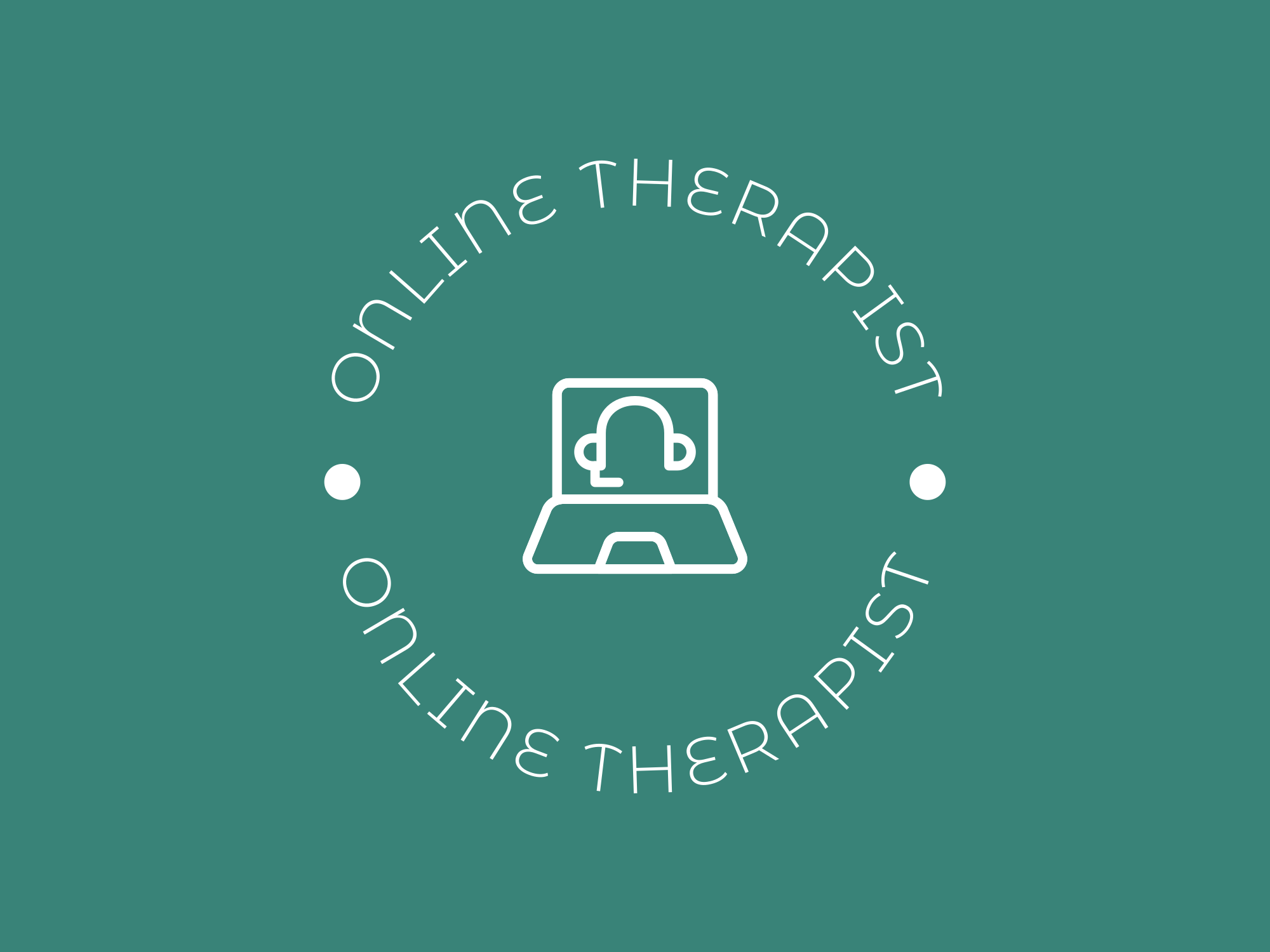Understanding Worry
Worry is a cognitive process: it occurs in the mind. Worry involves mentally anticipating and preparing for potential negative outcomes in the future. For example, let’s say you take your car into the shop for a tune-up. You might think, What if there are major problems with the engine? It could be very expensive, and I might not be able to afford it. I could probably talk to the mechanic about a payment plan. But what if he doesn’t accept? I could be without a car for a long time before I could pay for the repairs, and it might be difficult for me to get to work on time without a car.
From this example, you can see that worry involves two components. One is thinking about negative things that could happen and their consequences (in this case, anticipating that your car might need major repairs, and that if you can’t afford it, you’ll have to figure out alternative transportation to work). The second is problem solving, or mental attempts to deal with these anticipated negative outcomes (thinking about talking to the mechanic about a payment plan).
Worry can therefore be thought of as mentally planning and preparing for the future, and building elaborate scenarios in an effort to predict what could happen and how you might deal with various situations: What if X happened? Well, then I might do this… But what if Y happened? Then I could do this… Although there are many different things that people can worry about, all worries tend to share certain characteristics.
Worries typically start as what-if questions.
This makes sense, given that when you worry you’re trying to mentally plan and prepare by thinking about possible outcomes of potential future situations. For example, if you’re planning on taking a trip, you might think, What if it rains the whole time? This question then sets off worries: If it rains, I might not be able to do any of the activities I planned, and I’ll have a terrible time. Perhaps I should also think about rainy-day activities. But what if I can’t come up with any fun activities for a rainy day?
Worries are thoughts about the future.
Even if you’re thinking about a past event, when you’re worrying you’re concerned about the event’s future implications. For example, if you’re worrying, about an argument you had with a friend a week ago, you might be thinking, What if our friendship can never be repaired? This worry is focused on a possible future impact (the end of the friendship) resulting from a past event (the argument a week before).
Worries are always negative.
When you worry about potential future outcomes, you aren’t concerned about positive things that could happen (What if I have a wonderful time on my vacation?), since they don’t require any mental problem solving. Rather, your worries are focused on bad things that could happen. The content of worries therefore tends to be catastrophic, meaning you focus on the worst-case scenario even if you logically know that it’s very unlikely. For instance, if you’re worried about medical test results, you might fear that you have a serious disease, even if the tests are simply part of your annual checkup.
What Triggers Worry?
You might be wondering what triggers worry in the first place, particularly since it’s possible to worry about many different types of things. Research has shown that what triggers worries is the experience of unpredictable, novel, or ambiguous events (Inglis 2000; Lee 2001). In other words, you’re more likely to worry when you’re faced with a situation where the outcome is unclear (unpredictable), where the situation is completely new to you (novel), or where the situation itself isn’t very well-defined (ambiguous). In these types of situations, because there’s some uncertainty about the outcome, there are many possibilities about what could happen, and you don’t really know what will occur. Worry is, therefore, an attempt to think about all of these possibilities and mentally develop a plan beforehand. Let’s look at an example for each of these uncertainty-inducing situations: unpredictable, novel, and ambiguous.
Unpredictable Situations
An example of an unpredictable situation might be preparing for a written exam. Since you don’t know exactly what questions will be on the exam, the situation is unpredictable: Will the questions be difficult? Will you be anxious when you take the exam? Did you study the right material in order to answer the questions? There’s no way to predict exactly what will be on the exam.
In this case, your worries might be What if I don’t study enough for the exam? I could study extra hours every day. But what if I forget something important and it’s on the exam? What if I don’t understand the questions? I could fail the class!
Another example of an unpredictable situation is going for a job interview. No matter how much you prepare, you don’t know what your potential employer will ask during the interview. As such, you’re more likely to worry: What if she doesn’t like me? What if she asks me a question that I don’t answer well? I might not get hired.
Novel Situations
A novel situation is any situation that you’ve never been in before. This can include trying an exercise class you’ve never taken before, starting a new job, or traveling somewhere you’ve never been. If, for example, you’ve never tried sushi and friends invite you to dinner at a sushi restaurant, the novelty of the situation can trigger worries: What if I don’t like sushi? I could end up paying for a meal that I don’t eat and then have to get dinner elsewhere. Maybe I could ask the waiter for something simple that someone who’s never had sushi might like. But what if I don’t like anything in the restaurant? In addition to being hungry, I could be embarrassed in front of my friends.
Going to college for the first time is another example of situation that’s novel and may therefore trigger worries: What if I get lost when I get there? What if I can’t find my class? I could walk in late and embarrass myself. I could get there early to make sure that I find my class and make it on time. But what if the classrooms are so large that I’m overwhelmed by the number of people?
Ambiguous Situations
An ambiguous situation is one where it’s unclear whether something positive, negative, or neutral could happen. For example, if your boss tells you that he wants to meet with you, this is an ambiguous situation because you don’t know why he’s asked to speak with you. It could be to tell you that you got a raise (positive outcome), to tell you what tasks you need to complete that day (neutral outcome), or to reprimand you for not doing a certain task correctly (negative outcome). Because the situation is ambiguous and you don’t know what to expect, you’re more likely to worry: What if he wants to see me because I did something wrong? He could fire me. I could tell him that I’ll work harder and not make any more mistakes, but what if he disregards what I say and fires me anyway?
Another example would be leaving a phone message for a friend and not hearing back from him: Why didn’t he contact you? Perhaps he didn’t receive the message, or maybe he called you back and you somehow didn’t get the message. However, it’s also possible that he doesn’t want to speak to you, is angry with you for some reason, is overwhelmed with some sort of life problem, or is simply very busy. Because you don’t know why your friend didn’t return your call, this is an ambiguous situation that’s likely to lead to worry: What if he didn’t get my message? Perhaps I can phone him again and leave another message. But what if he hasn’t contacted me because he’s very busy right now, and he gets upset that I keep calling? What if he’s angry with me and yells at me when I call?
What is the difference between anxiety and generalized anxiety disorder?
Anxiety is similar to worry in that simply being anxious doesn’t mean you have a problem. As discussed, the physical sensations of anxiety are necessary for protection from danger. In addition, it’s also normal to experience anxiety on occasion in unpredictable, novel, or ambiguous situations. For example, you were probably quite anxious the first time you drove a car because you had never driven before. This happens to everyone. Although it can be a nuisance to feel anxiety in situations that aren’t physically dangerous, it only becomes problematic when you experience this frequently and it impairs you in your daily life. For example, if you drop out of a class due to anxiety about having to give a presentation, then anxiety is interfering in your life. A diagnosis of an anxiety disorder may sometimes be warranted in such cases.
There are several different types of anxiety disorders, and they are largely distinguished by what’s causing the anxiety. For example, if fear of germs leaves you severely anxious after touching a doorknob or shaking someone’s hand, you might have obsessive-compulsive disorder. If you get extremely anxious whenever you need to get an injection at the doctor’s office or perhaps avoid necessary injections altogether, you might have a specific phobia— in this example, fear of needles or injections. In both cases, the experience of anxiety is the same: anxiety feels like anxiety no matter what the cause is. As such, it’s the trigger for the anxiety, or the theme of the threat, that determines which anxiety disorder is diagnosed.
Understanding GAD
Although we’ve discussed anxiety disorders in general, the focus of this article is on one particular anxiety disorder, generalized anxiety disorder, or GAD. Contrary to its name, the primary symptom of GAD isn’t anxiety, but rather excessive and uncontrollable worry about day-to-day events. In GAD, worry is chronic, meaning excessive worry has been present for at least six months and isn’t solely due to a stressor in the person’s life.
What are the 5 symptoms of generalized anxiety disorder?
There are five physical symptoms that people with GAD can experience, although only three must be present to meet the criteria for diagnosis:
- Feeling restless, keyed up, or on edge
- Being easily fatigued
- Difficulty concentrating or mind going blank
- Irritability
- Sleep disturbances
Is GAD considered a mental illness?
These physical symptoms are experienced chronically, meaning that they are present more days than not for at least six months. Finally, worry and anxiety symptoms need to cause significant distress and impairment in a person’s daily life in order to meet the criteria for a GAD diagnosis (American Psychiatric Association 2013).
Generalized Anxiety Disorder (GAD) is a persistent state of generalized anxiety involving chronic, excessive, and pervasive worry that is accompanied by physical or mental symptoms of anxiety that cause significant distress or impairment in daily functioning. Worry and anxiety must affect multiple events or activities of daily living and cannot be limited to worries that characterize another disorder.









